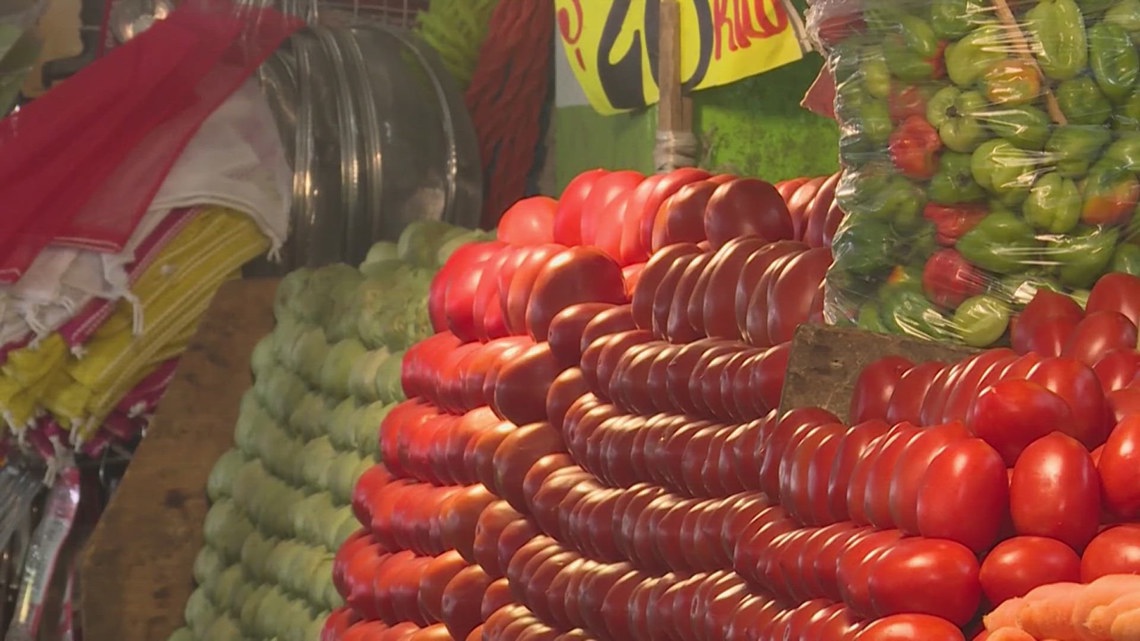
BEAUMONT, Texas — A new 17% tariff on all fresh tomatoes imported from Mexico took effect after the U.S. formally withdrew from the Mexico trade agreement , raising concerns about potential price increases for American consumers and small businesses.
Nearly 70% of tomatoes consumed in the U.S. come from Mexico, according to the Florida Tomato Exchange, making the White House’s decision a significant shakeup in the produce industry.
“It’s about a $3 billion industry for tomatoes imported from Mexico. So it is a large percentage,” said David Oates, a Texas A&M AgriLife county extension agent. Oates noted that while the full impact remains unclear, prices are likely to rise modestly. “It’s hard to say what that increase in price will be, but do expect a small to a moderate price increase, and obviously those will not be really kicking in until the fall.”
The Commerce Department cited the failure of the prior agreement to protect U.S. tomato growers from unfairly priced Mexican imports as the reason behind the withdrawal and tariff imposition.
Southeast Texas restaurants are monitoring the situation but say the effects are not yet visible.
“We’re not feeling any impact of tariffs thus far. We don’t know after August 1 what it’s going to mean,” said Stan Holt, president and CEO of Lupe Tortilla, a Texas-based restaurant chain.
Holt, who’s been in the business for over 40 years, advocates for reciprocity in trade policy. “To me as a businessman for over 40 years, let’s say, well, whatever you’re charging us, we charge you. That seems fair, not more, not less.”
While Lupe Tortilla hasn’t seen changes in costs yet, Holt acknowledged that not every business may be as resilient. “We’ve seen over two dozen restaurants close in College Station,” he said. “We’re having the best year we’ve ever had in College Station.”
Despite the uncertainty, Holt remains committed to quality over cutting corners. “I stay with quality, because quality has always worked. People, when prices go up, they don’t want to waste their money on something that’s substandard or average.”
For now, the tariffs have not had a visible effect on consumers or major food service providers, but experts warn that could change later this year as the market adjusts.
